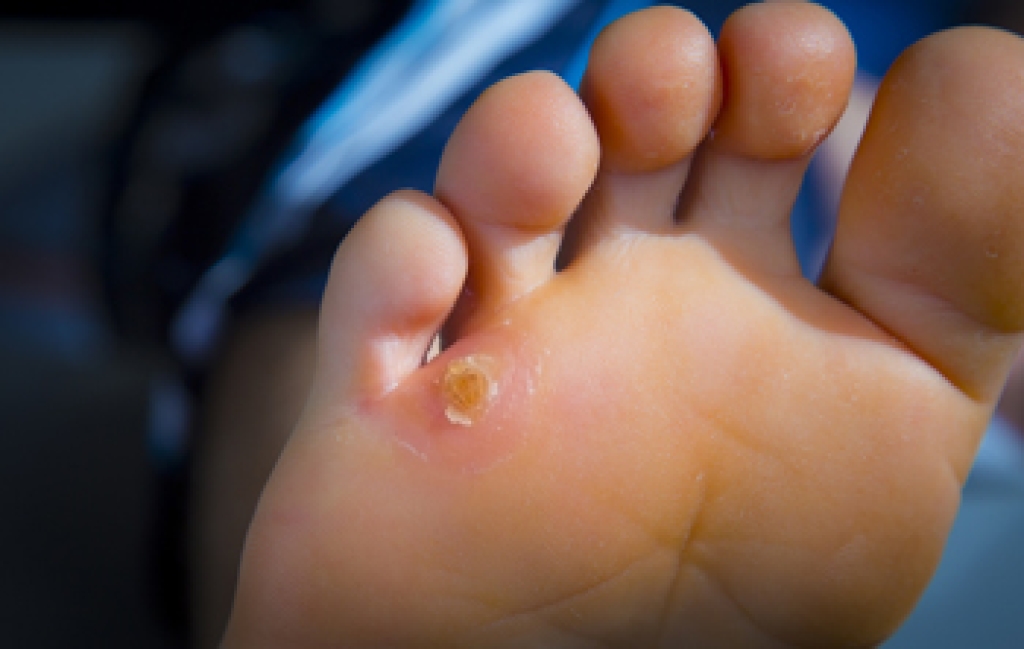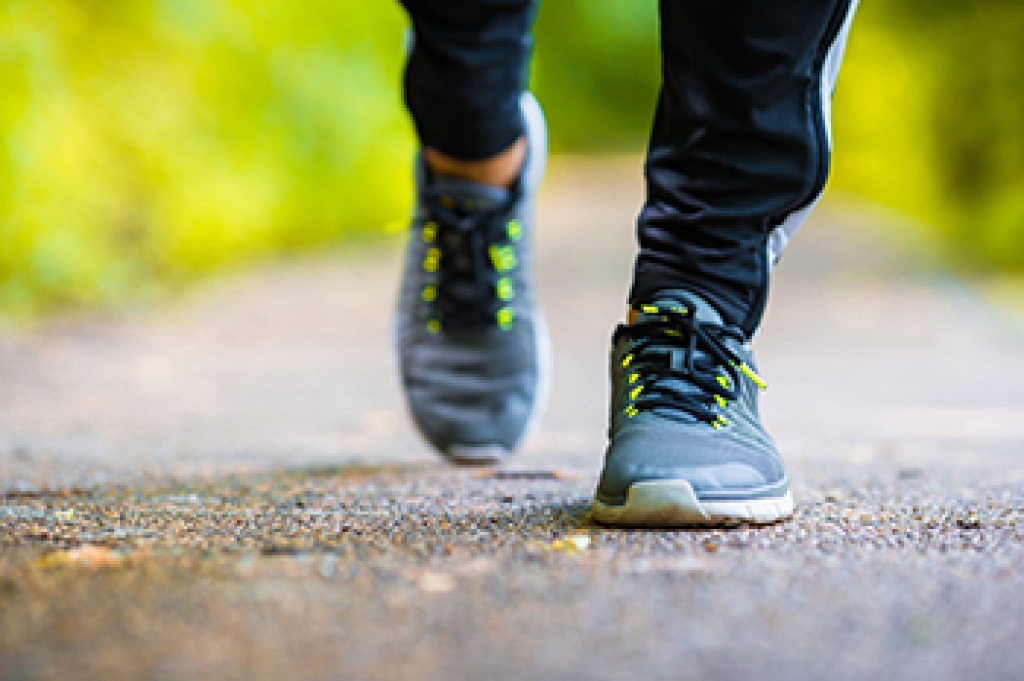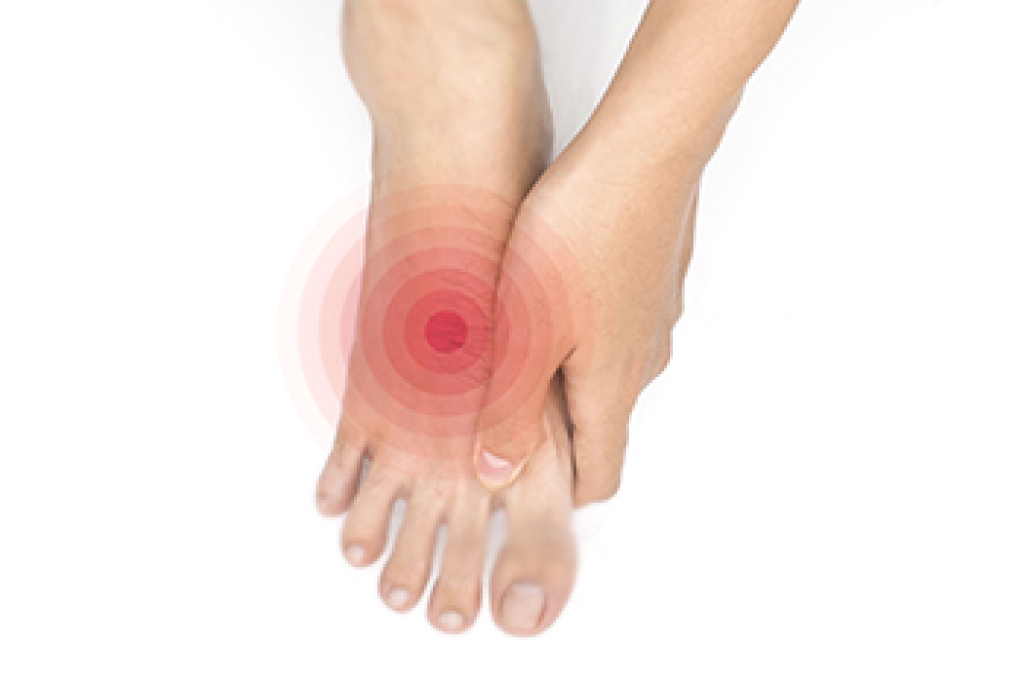
Cracked heels, those uncomfortable and unsightly fissures in the skin, often catch us off guard. Cracked heels can occur for a variety of factors, with dry skin being a prominent contributor. Excessive exposure to harsh weather, improper footwear, and prolonged standing can exacerbate the issue. Prevention starts with consistent moisturization that consists of regular application of a thick, emollient foot cream that can help to keep the skin supple. Exfoliating gently removes dead skin cells, allowing better absorption of moisturizers. Additionally, wearing well-fitting shoes with proper cushioning minimizes pressure on the heels. In cases of severe cracking, medical attention from a podiatrist may be necessary. Prescription creams and ointments, along with professional treatment, can help to provide relief. Embracing a routine of foot care and protective measures is key to healing those cracks and restoring smooth, comfortable feet. If you are afflicted with cracked heels, it is suggested that you contact a podiatrist.
If the skin on your feet starts to crack, you may want to see a podiatrist to find treatment. If you have any concerns, contact Paul Potach, DPM from Illinois . Our practitioner can provide the care you need to keep you pain-free and on your feet.
Cracked Heels
It is important to moisturize your cracked heels in order to prevent pain, bleeding, and infection. The reason cracked heels form is because the skin on the foot is too dry to support the immense pressure placed on them. When the foot expands, the dry skin on the foot begins to split.
Ways to Help Heal Them
- Invest in a good foot cream
- Try Using Petroleum Jelly
- Ease up on Soaps
- Drink Plenty of Water
Ways to Prevent Cracked Heels
- Moisturize After Showering
- Skip a Shower
- Keep Shower Water Lukewarm
- Don’t Scrub Your Feet
If you are unsure how to proceed in treating cracked heels, seek guidance from a podiatrist. Your doctor will help you with any questions or information you may need.
If you have any questions, please feel free to contact our offices located in Wheeling and Berwyn, IL . We offer the newest diagnostic and treatment technologies for all your foot care needs.





